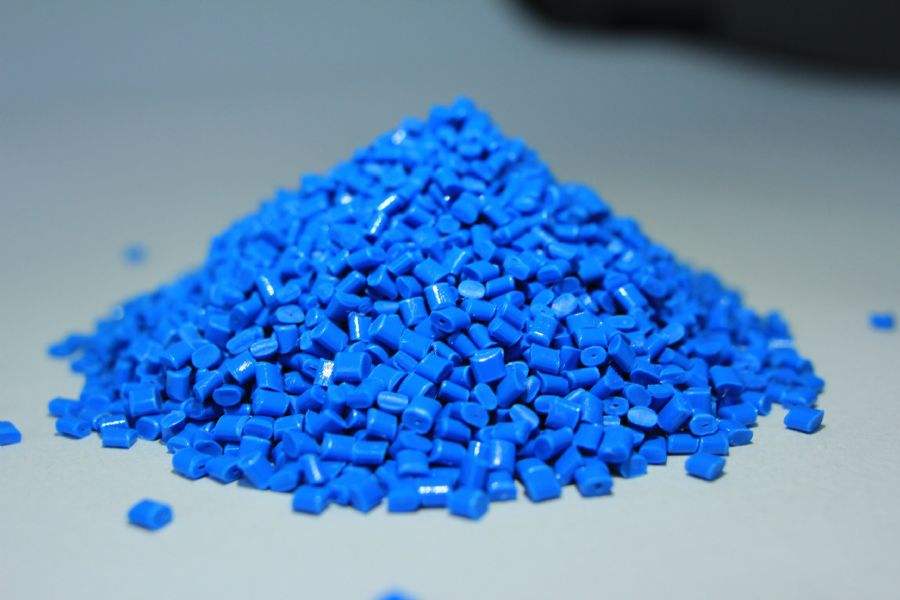A brief introduction of ABS plastic
ABS, as known as acrylonitrile butadiene styrene, is a thermoplastic polymer whose proportions can vary from 23% to 41% acrylonitrile, 10% to 30% butadiene, 29% to 60% styrene. The manufacturing methods of ABS can be divided into two types: mixing method and grafting method.
The general ratio of the three monomers in the ABS copolymer is 20:30:50. As long as the ratio of the three, the polymerization method, and the size of the particles are changed, a series of ABS varieties having different impact strengths and flow characteristics can be produced. For example, by increasing the content of the butadiene component, the impact strength of the ABS can be increased, but the hardness and fluidity are lowered, and the strength and heat resistance are deteriorated. If the content of butadiene in ABS reaches 50% or more, it is called high glue powder, and is often used for toughening modification of ABS and PC/ABS.
ABS was originally developed on the basis of PS (polystyrene) modification. Due to its unique advantages of toughness, rigidity and hardness, its use is equivalent to that of PS, and its application range has far exceeded that of PS, so it has become a kind of plastic that is independent of PS. In the early days, ABS was classified into engineering plastics, but with its rapid development, the output quickly approached its predecessor PS. Therefore, it has been classified into general-purpose plastics since 2000 and has become the fifth-largest general-purpose plastics.
The appearance of ABS is opaque ivory particles. The product can be tinted to rich colors and has a high gloss of 90%. ABS has a specific gravity of 1.05 and a low water absorption rate. It also has good bonding performance with other materials and is easy for surface printing, coating treatment. ABS has an oxygen index of 18.2% and belongs to flammable polymers. The flame is yellow with black smoke, burnt but not dripping, and emits a special cinnamon flavor.
ABS has excellent mechanical properties, its impact strength is very good, can be used at very low temperatures; even if ABS products are destroyed, there will only be tensile damage, which is the portrayal of the high toughness of ABS. ABS has excellent wear resistance, dimensional stability and oil resistance, and can be used for bearings under medium load and speed. ABS has greater creep resistance than PSF and PC, but is smaller than PA and POM. The bending strength and compressive strength of ABS are poor in plastics. The mechanical properties of ABS are greatly affected by temperature.
The heat distortion temperature of ABS is between 93 °C and 118 °C, and the product can be improved by about 10 °C after annealing. ABS can still show certain toughness at -40 °C. Therefore, ABS can be used in the temperature range of -40 °C to 100 °C. ABS has good electrical insulation and is hardly affected by temperature, humidity and frequency, and can be used in most circumstances. ABS is not affected by water, inorganic salts, alkalis and various acids, but is soluble in ketones, aldehydes, and chlorinated hydrocarbons. It is subject to stress cracking due to corrosion by acetic acid and vegetable oil. ABS has poor weather resistance and is prone to degradation under the action of ultraviolet rays - after half a year, the impact strength is reduced by half.
Like PS, ABS is a thermoplastic with excellent processing properties and can be processed by general processing methods. ABS has higher melt viscosity, better fluidity than PVC and PC, but worse than PE, PS and PA, and POM and HIPS. The flow characteristics of ABS belong to non-Newtonian fluid, its melt viscosity is related to the processing temperature and the cutting rate, among which the cutting rate has a larger influence.
